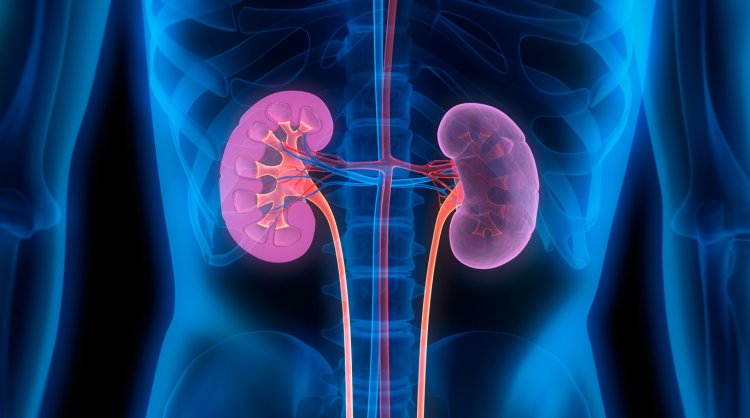Kidney dialysis is a crucial treatment for individuals with severe kidney dysfunction or failure. Kidney dialysis cost in India varies widely based on several factors, including the type of dialysis, the hospital or clinic, and the region. Here’s a closer look at what you can expect when considering the cost of kidney dialysis in India.
Types of Dialysis and Their Costs
There are two main types of dialysis: hemodialysis and peritoneal dialysis. Hemodialysis involves filtering the blood through a machine, while peritoneal dialysis uses the abdominal lining to filter the blood.
-
Hemodialysis: This is the more commonly used method and generally costs between ₹1,000 and ₹4,000 per session in India. Patients typically require three sessions per week. Thus, the monthly cost can range from ₹12,000 to ₹48,000, depending on the hospital or clinic and the patient’s specific needs.
-
Peritoneal Dialysis: This method is often more expensive due to the need for specialized equipment and supplies. The cost ranges from ₹4,000 to ₹8,000 per month, not including the price of the dialysis solution and other consumables, which can add an additional ₹10,000 to ₹15,000 per month.
Additional Factors Affecting Costs
Several factors influence the overall cost of kidney dialysis in India:
-
Hospital or Clinic: Private hospitals and specialized clinics usually charge more than government hospitals. The facilities and amenities offered also play a role in the pricing.
-
Location: Costs can vary significantly between urban and rural areas. Major cities like Delhi, Mumbai, and Bangalore tend to have higher rates compared to smaller towns.
-
Insurance: Health insurance coverage can significantly impact out-of-pocket expenses. Some insurance plans may cover dialysis costs, but coverage varies widely.
-
Complications and Additional Treatments: Patients with complications or those requiring additional treatments or medications may face higher costs.
Financial Assistance and Government Schemes
For those struggling with the high costs of kidney dialysis, several government schemes and charitable organizations offer financial assistance. Programs like the Ayushman Bharat scheme provide coverage for dialysis treatment in designated hospitals, potentially reducing out-of-pocket expenses.
Conclusion
Understanding the cost of kidney dialysis in India is crucial for planning and managing expenses. With costs varying based on treatment type, location, and other factors, it’s essential to explore all available options, including insurance and government schemes, to alleviate financial burden. By staying informed and seeking assistance when needed, patients can better navigate the financial aspects of their dialysis treatment.













